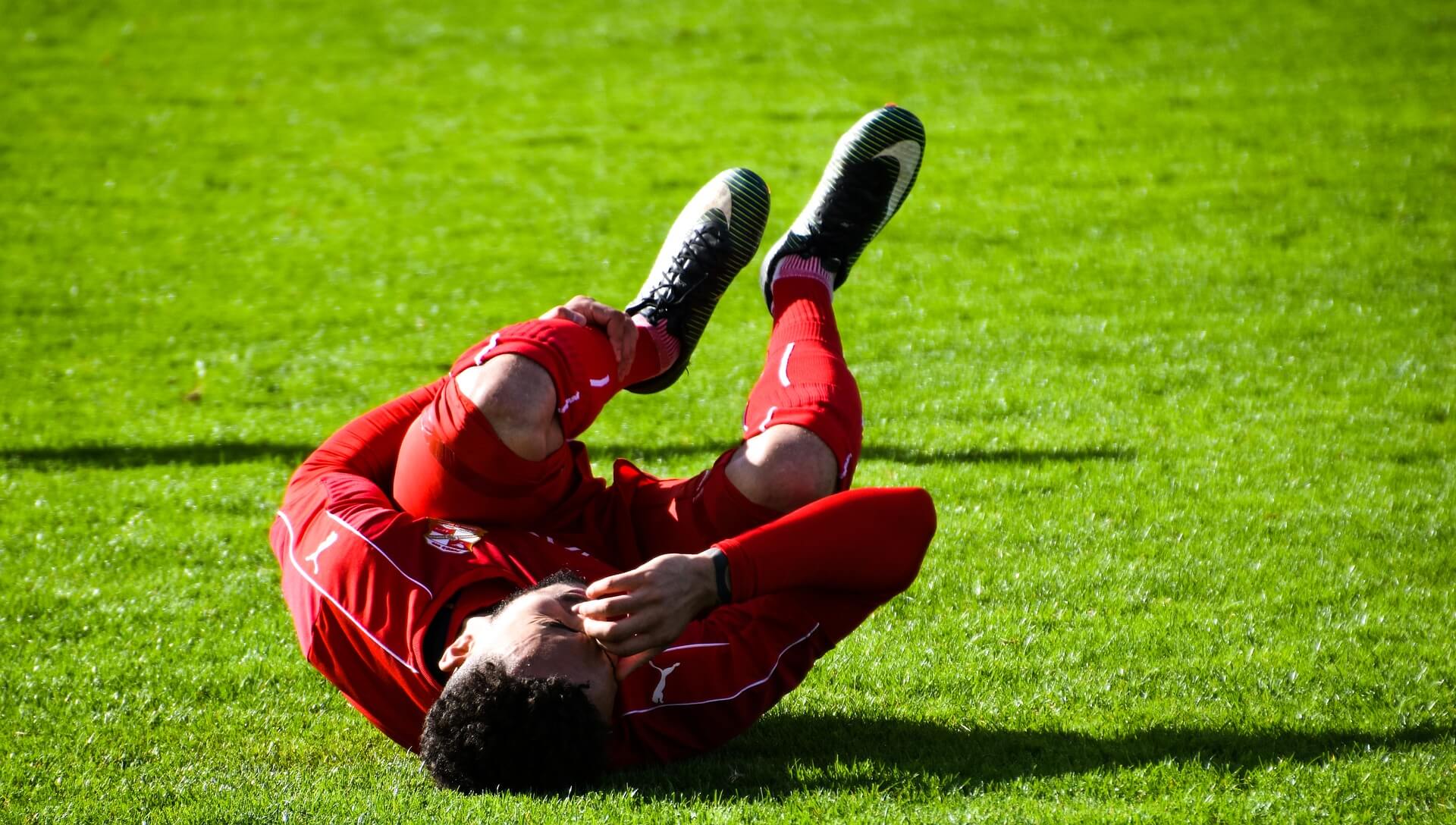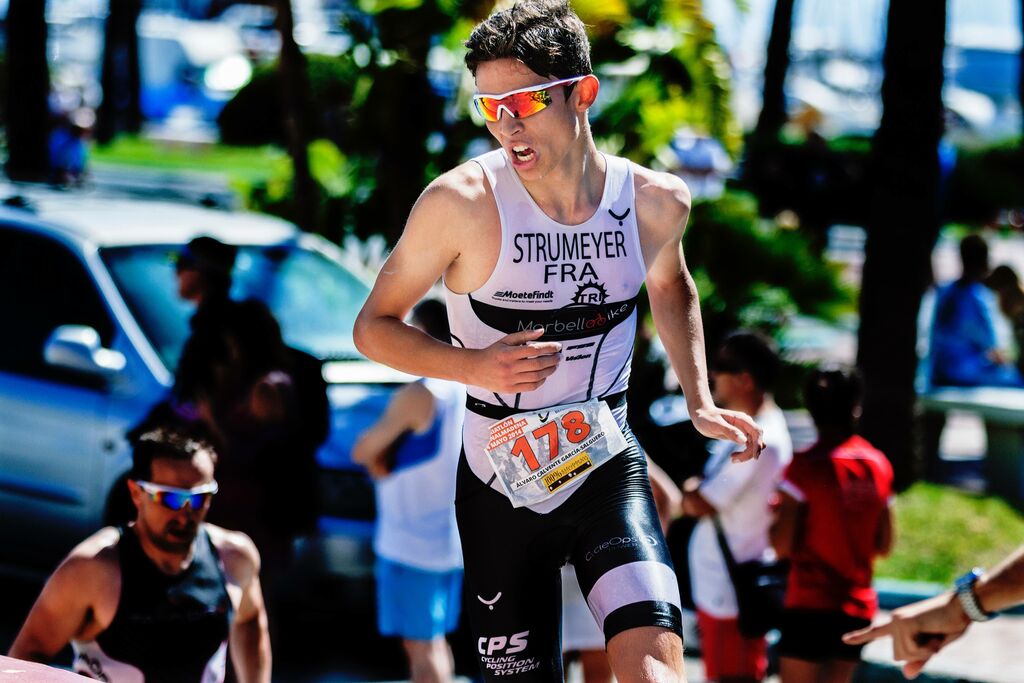Blood Clots in Athletes

Running as with all other physical activities is an excellent way to decrease risk factors for several diseases. It helps decrease the risk of heart disease, diabetes, osteoporosis, depression, and a host of other conditions. Unfortunately being an athlete comes with a few downsides such as a higher risk of injury and blood clots. Clots are not necessarily common in this population, but athletes are exposed to many acquired risk factors that may put them at a greater risk during certain circumstances. Many professional athletes have been diagnosed with blood clots in the legs, and some of them with a resulting pulmonary embolism, which is when the clot travels to the lungs. This condition is serious and life-threatening if not treated right away.

Deep vein thrombosis, or DVT, is a type of clot that develops, as the name states, in a vein deep in the body, usually in the lower leg, but can also occur in the upper arm. There is no research stating athletes are at a higher risk than the general population, but risk factors are all the same whether you are young and healthy or of old age and frail. The trouble with a DVT if left untreated is the risk of developing the pulmonary embolism, which together these two conditions are called venous thromboembolism. Athletes should understand their own associated risk factors for developing blood clots, as in many cases it is due to a recent injury or surgery on a limb.

Causes & Risk Factors
Lower leg or upper arm injury: With even minor injuries, blood vessels may get damaged along with a bump, bruise, fracture, muscle tear, or ligament sprain. When this occurs, the surrounding blood will clump up to form a clot.
Using estrogen-containing oral contraceptives: This specific hormone increases the level of clotting factors in blood plasma, which are substances that are responsible for clotting blood. This is the same reason why women have a higher risk during pregnancy and for weeks after giving birth.
Long air or car travel: The increased time in an immobilized position is the reason why long flights are a common cause of blood clots. This is due to the lack of circulation created in the limbs from immobility pooling blood in the legs. It is suggested to make sure to walk around or change positions every couple of hours, especially on flights over 4 hours.

High altitude: Many elite runners choose to train at high altitude due to the decreased oxygen in the atmosphere. This basically helps their bodies produce more red blood cells as a means of increasing the oxygen available to be supplied to working muscles once they are back at regular altitude. The problem with this is the lack of oxygen, or hypoxia, means there is less oxygen being supplied to blood, which slows down circulation and may lead to clotting.
Dehydration: With the lack of fluid in the body while in a dehydrated state, blood becomes thicker and stickier making it more difficult to circulate within vessels. Dehydration during races may not be a common situation for a clot since the limbs are in constant motion continuously circulating blood throughout the body, but dehydration while at rest with the limbs immobilized is double the risk.

Signs & Symptoms
Pain, redness, and swelling are the first signs you should look for if suspecting a DVT. Pain is usually felt in the calf and is similar to soreness or a cramping sensation. Many times the redness noted in a DVT is dark and the leg will be warm to the touch. It is rare for a clot to be present in both limbs at the same time. As mentioned, if a DVT is left untreated, the clot can travel to the lungs. Signs of a pulmonary embolism are chest pain, shortness of breath, lightheadedness, fainting, increased heart rate, or coughing up blood. This is an emergency situation.
If being treated for a blood clot, athletes should not return to their sport for at least one month to allow enough time for the clot to dissolve. If blood thinners are being used for treatment, it is important to avoid contact sports or any situation where you may be bumped or pushed. This will increase the risk of developing wounds more easily or even internal bleeding if an injury is more severe. Runners and cyclists should be careful to avoid falls for this same reason.

As with many other conditions with a long list of risk factors, it may be difficult to get rid of all of them and deem yourself safe from developing any type of health disturbance. The best DVT prevention tactics are to lower your risk of the factors that you can control. Keep yourself hydrated throughout the day, every day. Make sure to avoid immobilization as much as possible, by walking around during long flights or performing ankle pumps in your seat. It is recommended to wear compression socks or stockings during long air and car travel to help with circulation. If you have been recently injured in a limb, it is important to have your doctor check for a blood clot even after you are healed. Do not assume pain in your lower leg is just regular soreness. Paying attention to persistent pain and getting it evaluated is key to preventing many problems that will leave you off of your feet.
Sources
- , Venous Thromboembolism and Marathon Athletes, Journal
- , Deep Vein Thrombosis and Pulmonary Embolism in a Mountain Guide: Awareness, Diagnostic Challenges, and Management Considerations at Altitude, Journal
- , Hypoxia, Such as Encountered at High Altitude, Promotes Deep Vein Thrombosis in Mice, Journal
Latest Articles
 Is Running on a Treadmill Easier Than Running Outside?Runners have their own preferences, whether it is treadmill running, running outside on the road, or exploring trails. So...
Is Running on a Treadmill Easier Than Running Outside?Runners have their own preferences, whether it is treadmill running, running outside on the road, or exploring trails. So... Is It OK to Use Trail Running Shoes on the Road?While trail running shoes can be used on roads, especially in situations where a runner encounters mixed terrains or pref...
Is It OK to Use Trail Running Shoes on the Road?While trail running shoes can be used on roads, especially in situations where a runner encounters mixed terrains or pref... How to Fix Sore Quads After Running?Rest, ice, gentle stretching, and over-the-counter pain relievers can help soothe sore quads after running. Also, ensure ...
How to Fix Sore Quads After Running?Rest, ice, gentle stretching, and over-the-counter pain relievers can help soothe sore quads after running. Also, ensure ... 10 Fruits With The Most Electrolytes to Replace Sports DrinksThese fruits are high in electrolytes such as potassium, magnesium, and calcium, essential for hydration, muscle function...
10 Fruits With The Most Electrolytes to Replace Sports DrinksThese fruits are high in electrolytes such as potassium, magnesium, and calcium, essential for hydration, muscle function...

